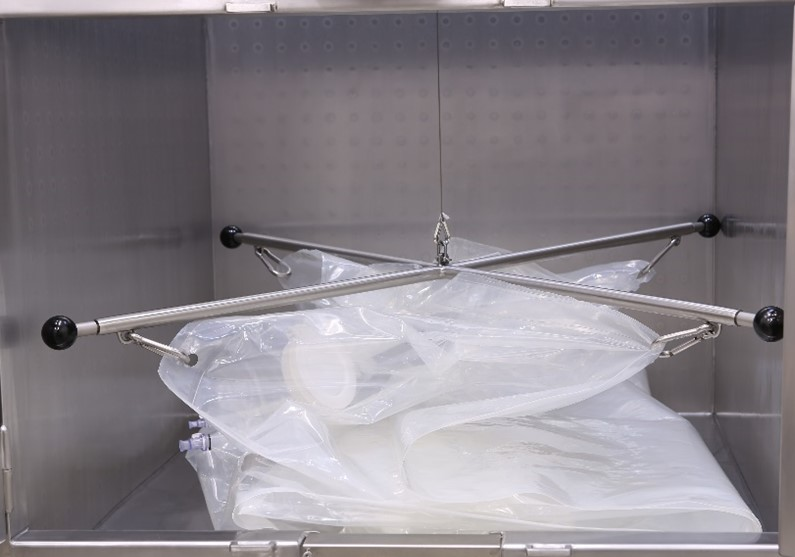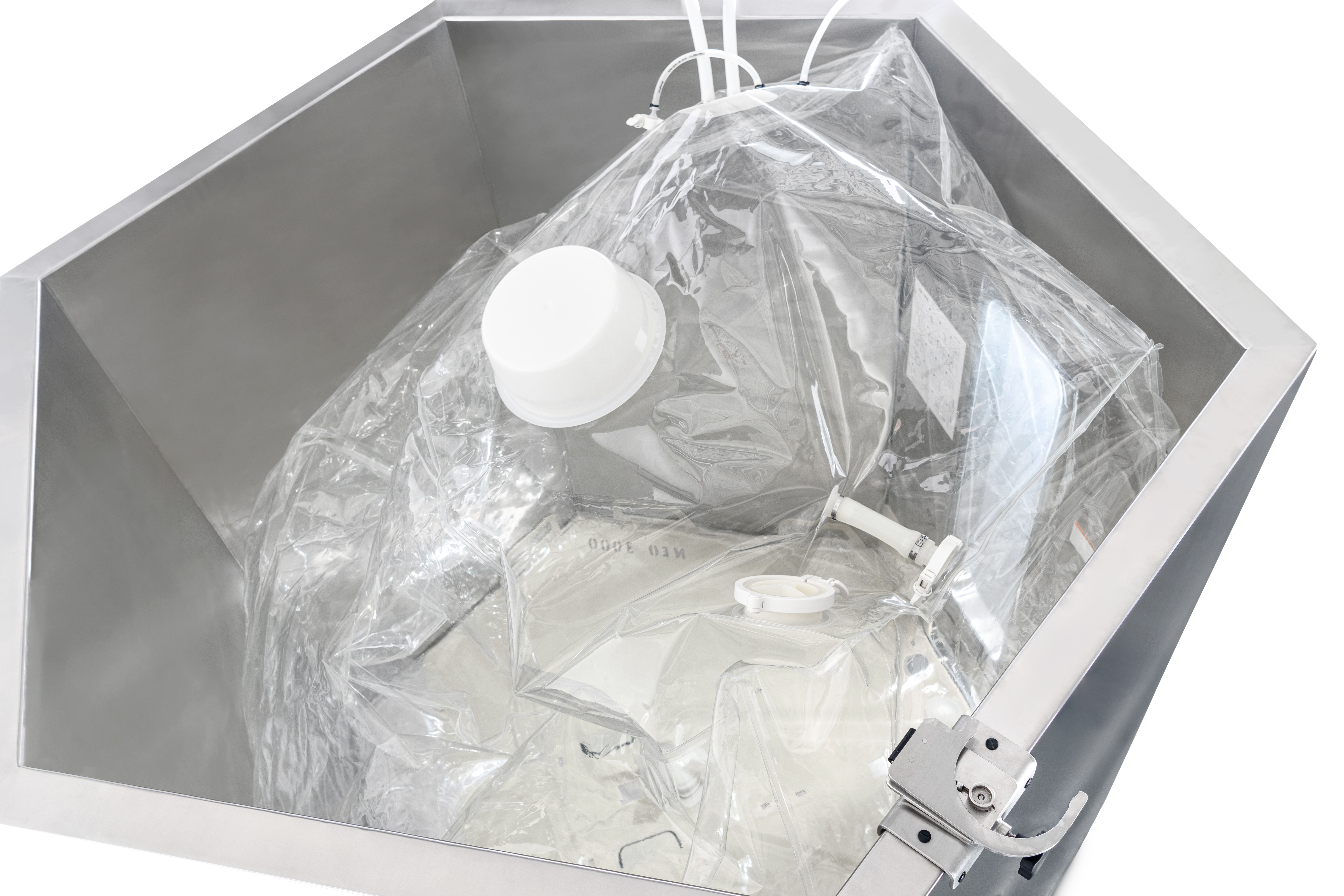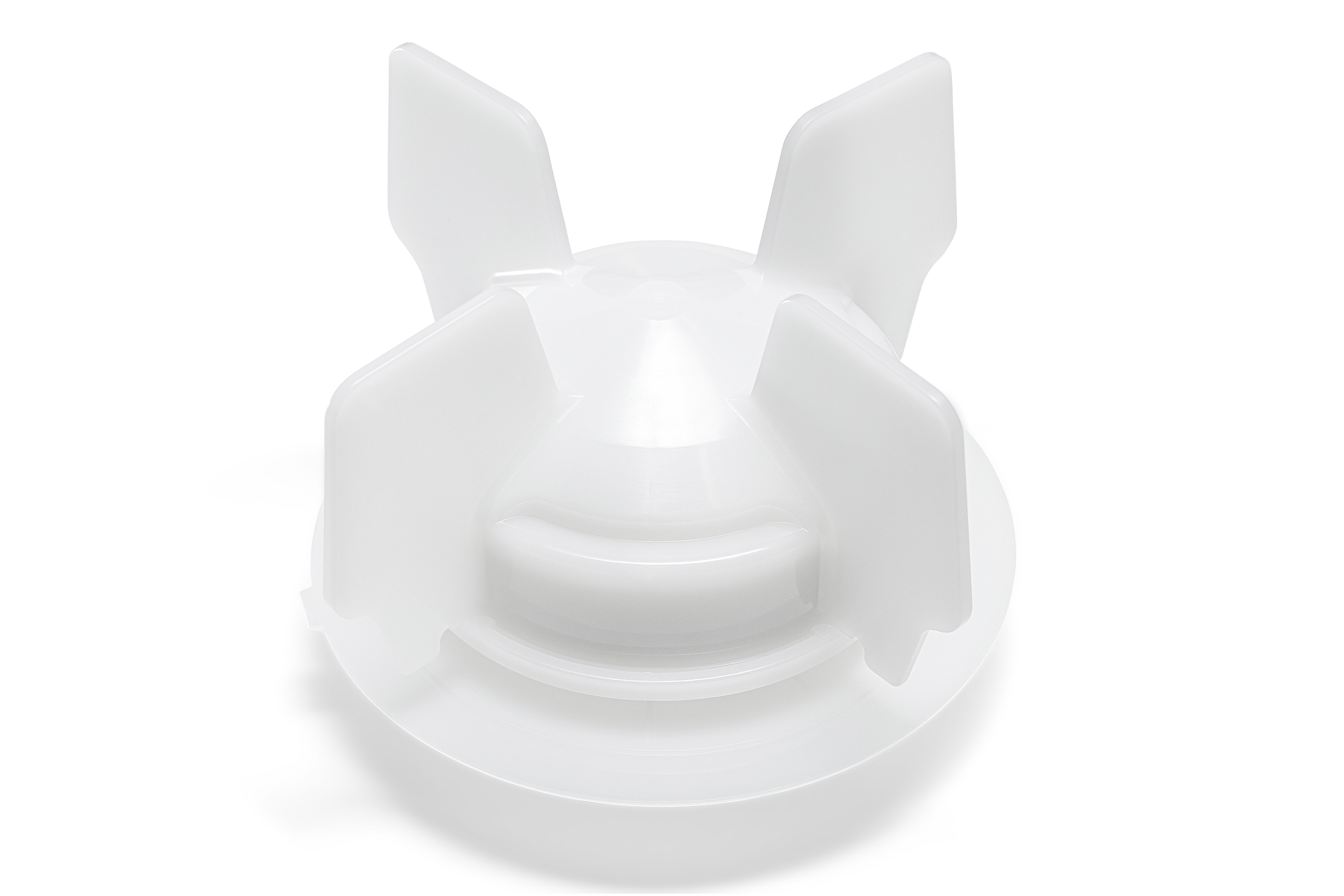By: Mustapha Hohoud, Senior Bioprocess Engineer
Arnaud De Boulard, Senior Scientist
Eric Corti, Global Product Manager, Mixer Portfolio
Single-use technology offers huge benefits for both flexibility and efficiency. It reduces downtime by eliminating cleaning steps, helps avoid risk of cross-contamination, and enables modularity in manufacturing and unit operations.
But efficiency isn’t just about what your equipment can do – it’s also about how well it performs and scales up. Equipment failures in large-scale bioprocess can be costly in terms of material loss and downtime. For large manufacturers, a batch failure (i.e., one that causes product loss) can cost millions of dollars. More minor issues, like buffer leaks during a mixing step, are less costly, but they still have an impact – increasing the time, material, and consumable use for that step.
Learn more about the Xcellerex™ magnetic mixer
What’s the most common worry related to large-scale single-use mixing? Bag leaks
Because product recovery and patient safety are paramount, issues related to peripheral bioprocessing equipment, such as mixers, may not be top of mind during process development. But that doesn’t mean there isn’t room for improvement. In fact, the opposite is true: when we spoke to 89 engineers and scientists across process development, manufacturing, and process validation roles about their concerns implementing single-use mixing technology at large scales, bag leaks ranked at the top of their lists.
Here we’ll take a look at some of the most common causes for leaks in single-use bioprocessing mixers, and at some ways to prevent them.
1. Bioprocessing bag design
Mixers are key players in fluid management for biopharmaceutical production. They’re used for steps such as buffer and media preparation, cell harvest, virus inactivation, and final formulation.
Designing bioprocessing bags, or biocontainers, for large-scale mixers (or bioreactors) is challenging, in part because of the scale involved. Single-use biocontainers contain various ports and valves for tubing, as well as an impeller inside the bag that mixes the liquid. As their capacity increases, so does the surface area of film and the diameter of tubing, as well as the size (and weight) of filters and the other components. Bags must also maintain structural integrity while remaining portable, easy enough to install, and compliant with regulatory standards throughout storage and installation.
In magnetic mixers commonly used in bioprocessing, the impeller inside the biocontainer is magnetically coupled to a drive motor outside the container. The design of this impeller is itself a challenge – its size, shape, and position must be optimized to achieve effective mixing without compromising the integrity of the biocontainer itself (e.g., during transport). A poorly positioned or designed impeller can scratch or puncture the biocontainer film. This can occur if the blades of the impeller aren’t sufficiently protected inside the biocontainer, or if the impeller is located near a weld, for example. Features like impeller guards to protect the film from the impeller’s blades can help mitigate this.
Fig. 1. Example of a magnetically coupled radial flow impeller design.
Biocontainers and related technology are often customized depending on the process or workflow step they’re used for. Depending on the process, it may be preferred to fill from the top or bottom, or have two drain valves instead of one, for example.
The addition of single-use components (i.e. fluid or powder ports) also means the addition of potential failure points in the biocontainer.
2. Biocontainer storage
Single-use biocontainers are usually shipped in cardboard boxes that are not suitable for cleanroom storage. Often that means that the bags are unpacked and stored without any rigid protection for the film and components. The inner packaging material – often a plastic bag – is more vulnerable to tears and punctures than cardboard, which puts the integrity of the biocontainer film at risk. Some types of shelving, for example, have sharp corners or edges that can damage the bag or film. Stacking bags or storing them vertically rather than horizontally on a flat surface can also compromise the bag’s integrity.
When evaluating a single-use supplier or technology provider, it’s crucial to pay attention to the types of documentation and instructions offered with their products. Clear, easy-to-follow instructions for use, including how best to unpack and store components, can minimize risk of leaks or other problems related to material integrity.
3. Biocontainer installation
Installation of large-scale biocontainers can be complicated. Factors like ceiling height, bag configuration, installation method, clarity of instructions, and operator training all affect the process. Operators need to understand how the biocontainer will deploy, which can be very unclear with such a large surface area of the film. Bags themselves are quite large and can be unwieldy, especially because they must be deployed with liquid inside —further complicating handling. Figure 2 shows a biocontainer connected to a hoist. The hoist is lifted by hand crank, which must be operated carefully to avoid damaging the materials.

Fig. 2. This biocontainer is installed in a mixer in part by a hoist system. The hoist is connected by carabiners and will be raised by a hand crank until the biocontainer reaches its full height.

Fig. 3. This biocontainer is shown being installed using an automated air inflation system. Deploying biocontainers by means of inflation with air can reduce the risks typically associated with manual handling.

Fig. 4. This biocontainer is shown fully inflated with air. It is shown outside of a typical mixing tank to highlight how air alone can be used alone for deployment, requiring no manual method.
4. Workarounds
Large-scale mixers are…large. A 3,000 L system with a hoist assembly for bag installation can require ceiling heights greater than 4 m (13.5 ft) to operate – making it difficult to retrofit into an existing facility. Changing or replacing equipment in an existing facility can be prohibitively expensive or time-consuming, even if the existing system isn’t fully meeting users’ needs.
If a mixer is too tall to fit or not powerful enough for a user’s needs, many facilities will “daisy chain” several smaller systems together instead of renovating a cleanroom space or building a new one to accommodate a larger mixer. But this increases costs and operation times substantially — impacting time to market.
